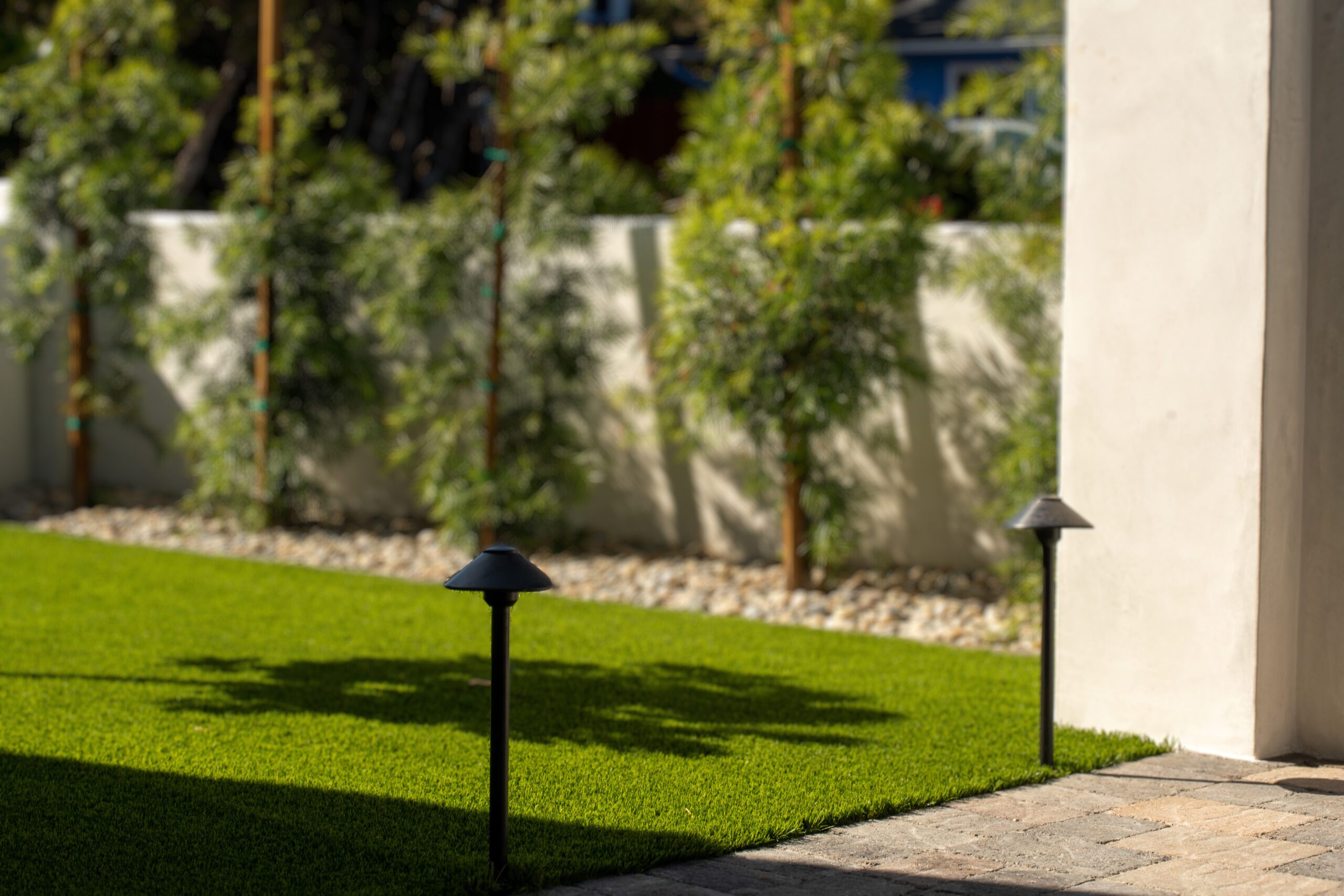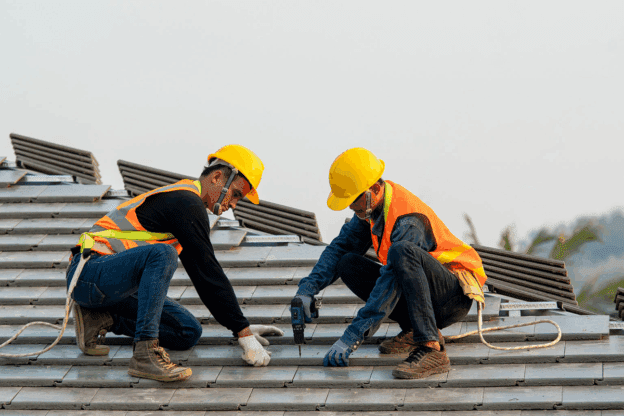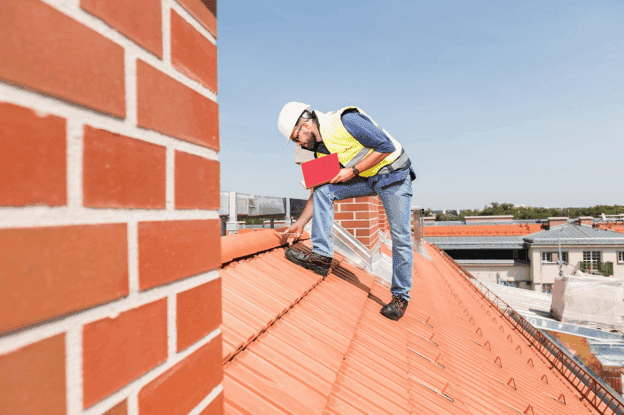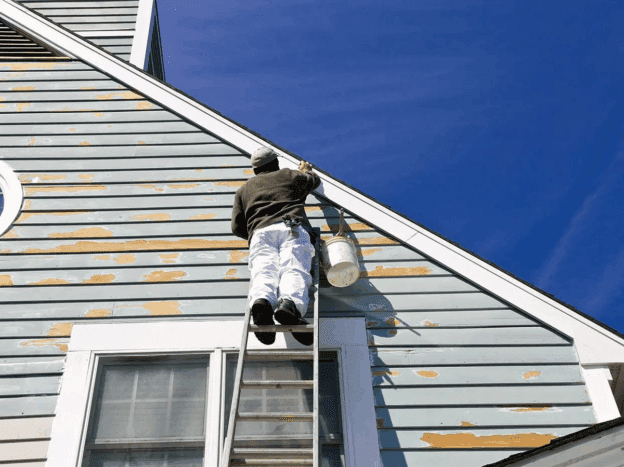
Is Artificial Grass Safe for Pets? A Comprehensive Guide
Our four-legged friends are like family, and their safety is a top priority. So, it’s a valid question to ask: “Is artificial grass/turf safe for pets?”
Understanding Artificial Grass/Turf
What is Artificial Grass/Turf?
Artificial grass, also known as synthetic turf, is a surface made from synthetic fibers designed to look like natural grass. It’s a popular option for many homeowners because of its low maintenance and year-round green appeal.
Common Types of Artificial Grass/Turf
There are several types of artificial grass available on the market, each with its unique properties. The most common types include nylon, polyethylene, and polypropylene.
Potential Hazards of Artificial Grass/Turf for Pets
Physical Hazards
While artificial grass may seem pet-friendly, it can present some physical hazards. The surface can become very hot in sunny weather, potentially causing discomfort or even burns to your pet’s paws. There are ways around this however, including special kinds of infills made specifically for Pets, such as ZeoFill.
Chemical Hazards
Some artificial turfs are treated with chemicals for color retention and longevity. These chemicals can sometimes be harmful if ingested or inhaled by your pet. Opt for artificial turf manufacturer in the United States, although more expensive, are made with better materials that don’t require chemical treatments.
Benefits of Artificial Grass/Turf for Pets
Low Maintenance
Unlike natural grass, artificial grass doesn’t require watering, mowing, or fertilizing, making it an easy option for busy pet owners.
Always Green
Artificial grass stays green all year round, regardless of the weather, providing a pleasant outdoor space for your pet.
No Mud or Dirt
With artificial grass, there’s no mud or dirt for your pet to dig up or track into your house.
How to Choose Safe Artificial Grass/Turf for Pets
Opt for Non-Toxic Materials
When choosing artificial grass for your pets, it’s crucial to select options that are non-toxic and free from harmful chemicals.
Ensure Adequate Drainage
Good drainage is essential to prevent water pooling and bacteria growth, which can cause health problems for your pet.
Check for Heat Resistance
Opt for artificial grass that is heat resistant to protect your pet’s paws from getting burnt on hot days. This can be accomplished by upgrading your turf to include a special type of infill that doesn’t absorb the suns rays as easily as standard black infill. An example of such infill we discussed earlier, called ZeoFill.
Practical Tips for Using Artificial Grass/Turf with Pets
Regular Cleaning
Even though it’s low maintenance, artificial grass still needs to be cleaned regularly to remove pet waste and prevent bacteria growth.
Provide Shade
To protect your pet from the hot surface during sunny days, provide shaded areas where they can relax.
Conclusion
In conclusion, while artificial grass can pose some potential hazards for pets, it can also offer many benefits. It’s crucial to choose the right type of artificial grass and maintain it properly to ensure your pet’s safety and happiness.
Frequently Asked Questions
- Is artificial grass toxic to dogs?While some artificial grasses can contain toxic materials, many are specifically designed to be safe for pets. It’s crucial to choose a pet-safe option when purchasing.
- Can dogs pee on artificial grass?Yes, dogs can pee on artificial grass. However, it’s essential to clean the area regularly to prevent odors and bacterial growth.
- Does artificial grass get hot?Yes, artificial grass can get hot in sunny weather. Choosing a heat-resistant type and providing shaded areas can help protect your pet.
- Can dogs dig up artificial grass?While it’s possible for a dog to dig up artificial grass, it’s much harder than with natural grass. Regularly trimming your pet’s nails can help prevent this.
- How often should I clean my artificial grass?If you have pets, it’s best to clean your artificial grass at least once a week to remove waste and prevent bacteria buildup.
Ready to make the switch to artificial grass for your pets? Don’t compromise on their safety! Call Tidal Remodeling today for top-notch, pet-friendly turf solutions. Our team of experts is here to help you choose the perfect synthetic grass for your furry friends. Give them the green, safe space they deserve. Call us now, 760-990-7890 or schedule a consultation for your free artificial turf estimate.



